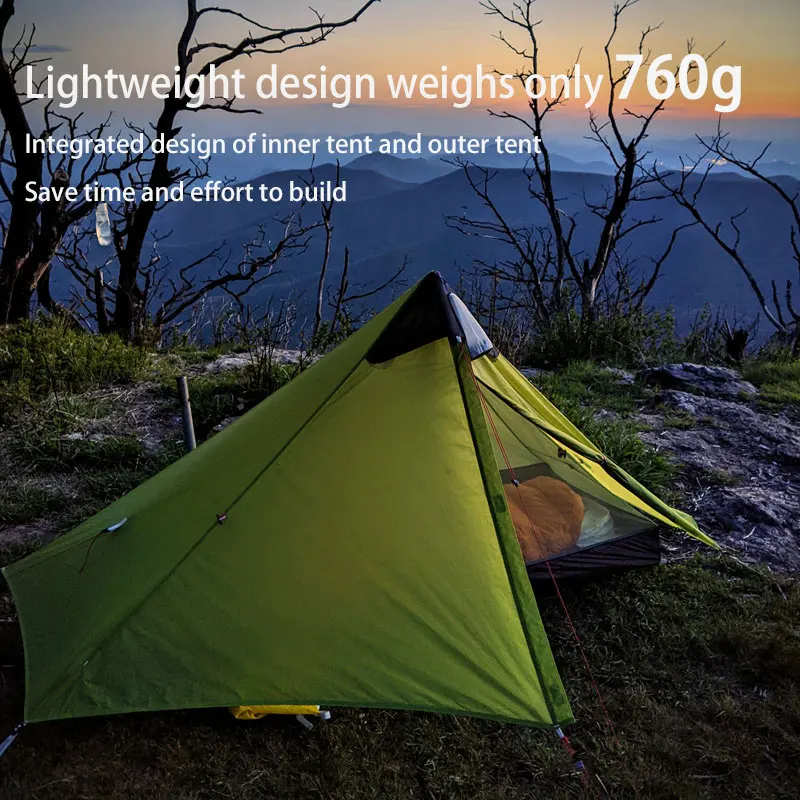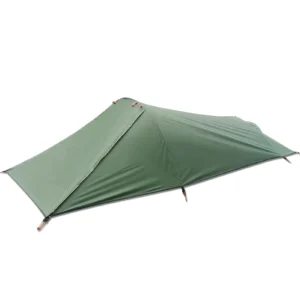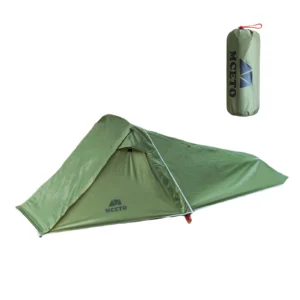While trekking poles have become increasingly popular on trails worldwide, they aren’t always the perfect hiking companion that marketing might suggest. Despite their benefits for stability and joint protection, many hikers find themselves questioning whether these accessories are truly worth carrying along. Before investing in a pair of poles, it’s important to understand their potential drawbacks and limitations.
The Physical Burden of Carrying Trekking Poles
The most immediate disadvantage of trekking poles is the additional weight they add to your hiking load. Even if that weight seems minimal at first glance, experienced hikers know that every ounce matters on the trail.
Typical trekking poles weigh between 12-20 ounces (340-570 grams) per pair, with budget aluminum models sitting at the heavier end and premium carbon fiber options at the lighter end. While this might not sound significant in isolation, consider how that weight compounds:
- The weight is carried the entire journey, unlike some gear that’s only used at camp
- Poles create “perceived weight” that feels heavier because they’re awkwardly positioned when stowed
- The extra effort required to swing poles thousands of times over a long hike
- When crossing difficult terrain, poles can become a cumbersome third and fourth appendage
For ultralight backpackers who meticulously count every ounce, adding a pound of poles can negate weight savings achieved through other gear choices. Understanding different shelter options for two campers helps you make better decisions about what gear is truly essential for your trip.
The weight consideration becomes even more significant during travel. Trekking poles create packing challenges due to their length and awkward shape. Many airlines no longer allow trekking poles in carry-on luggage, forcing hikers to check bags they might otherwise have carried on. This is a particular concern when coordinating your backpacking big 3 essential gear for trips that involve air travel.
Restricted Mobility and Hand Freedom
One of the most noticeable day-to-day disadvantages of trekking poles is the loss of hand freedom. With both hands occupied holding poles, many basic trail activities become surprisingly complicated:
- Taking photographs requires stopping and stowing at least one pole
- Checking maps or using navigation devices becomes a juggling act
- Grabbing a quick snack or drinking water requires either stopping or awkward one-handed manipulation
- Picking up interesting finds along the trail (rocks, leaves, etc.) becomes impractical
- Using trekking poles with wrist straps introduces an element of entanglement risk
This constant need to transition between using poles and having hands free creates inefficiency on the trail. Many hikers who use trekking pole tents appreciate the dual-purpose nature of their poles for camp setup but find the constant management of poles during the day frustrating.
The impact on natural arm swing and hiking rhythm is also noteworthy. Humans have evolved to walk with a counterbalancing arm swing that aids efficiency and balance. Trekking poles alter this natural movement pattern, sometimes creating a mechanical, less fluid hiking motion that can feel unnatural, especially on flat terrain.
Hazards and Trail Risks
While proponents tout improved stability as a benefit, trekking poles can paradoxically introduce new hazards to the hiking experience:
- Poles frequently snag in dense vegetation, causing sudden jolts and potential loss of balance
- On narrow trails, poles can catch on rocks or roots, causing unexpected stops
- Misplaced poles can become tripping hazards for yourself or other hikers
- During a fall, hands strapped to poles can’t be used instinctively to protect yourself
- The sharp tips of poles pose a risk to other hikers if swung carelessly
These risks become more pronounced in certain environments. When navigating tight spaces between rocks or traversing narrow ridges, poles often create more problems than they solve. Understanding how trekking pole tents work with various pole configurations can help you assess when poles might become more hindrance than help on certain terrain.

Financial Considerations and Equipment Durability
Quality trekking poles represent a significant investment that many hikers fail to fully consider before purchase:
- Entry-level aluminum poles typically cost $50-80 per pair
- Mid-range poles with better locking mechanisms range from $80-130
- Premium lightweight carbon fiber poles can cost $150-250 or more
Beyond the initial investment, ongoing maintenance costs add up. Pole tips wear down and need replacement, especially if frequently used on rocky terrain. Baskets get lost or damaged. Locking mechanisms fail, particularly in budget models.
For occasional hikers, this investment may be difficult to justify. The durability concerns also merit consideration – carbon fiber poles, while lightweight, can snap under lateral pressure, unlike aluminum poles which tend to bend rather than break. When thinking about gear compatibility, experienced hikers often consider compatible trekking poles for tents to maximize the utility of their investment.
Impact on Physical Development and Technique
A less obvious but significant disadvantage of regular trekking pole use is how it may affect your body’s natural capabilities:
- Reliance on poles can diminish natural balance development
- Core stabilizing muscles may become less engaged during hiking
- Natural proprioception (your body’s awareness of its position in space) may be undermined
- The skill of reading and responding to terrain with just your feet can deteriorate
Physical therapists often note that while poles can protect joints from impact, they may simultaneously reduce the strengthening benefits that moderate impact provides. This creates a concerning dependency – once a hiker becomes accustomed to poles, hiking without them can feel unstable and difficult.
This physical development aspect connects closely with other outdoor skills like mastering two-person lightweight tent setup, where body awareness and balance play important roles in efficient wilderness living.
Inefficient Energy Usage in Certain Conditions
Despite marketing claims about poles reducing energy expenditure, research shows this benefit is highly situational:
- On flat terrain, poles often increase rather than decrease energy expenditure
- Improper technique leads to wasted arm motion and unnecessary energy use
- Upper body fatigue can develop from prolonged pole use
- Learning efficient pole use requires practice and attention
Scientific studies comparing hikers with and without poles have found that energy savings primarily occur on steep descents, while other terrain types may actually increase metabolic cost. This is particularly relevant when considering trekking pole backpacking tents which require carrying poles even across terrain where they provide little benefit.
Lightweight Backpacking Tent, Ultralight Backpacking Tent, Ultralight Bivy Tent
Ultralight Single Person Camping Tent with Aluminum Poles for 3-Season Backpacking Waterproof DesignPrice range: $94.88 through $326.82 Select options This product has multiple variants. The options may be chosen on the product pageLightweight Backpacking Tent, Ultralight Backpacking Tent, Waterproof Backpacking Tent
$391.05 Select options This product has multiple variants. The options may be chosen on the product pageCompact Backpacking Tent, Lightweight Backpacking Tent, Waterproof Camping Tent
$335.52 Select options This product has multiple variants. The options may be chosen on the product pageUltralight Backpacking Tent, Ultralight Dome Tent, Winter Camping Tent
Price range: $369.63 through $370.07 Select options This product has multiple variants. The options may be chosen on the product pageBackpacking Tent with Vestibule, Freestanding Backpacking Tent, Lightweight Backpacking Tent
Price range: $446.89 through $447.22 Select options This product has multiple variants. The options may be chosen on the product pageBackpacking Tent with Vestibule, Trekking Pole Backpacking Tent, Waterproof Camping Tent
Price range: $271.99 through $519.52 Select options This product has multiple variants. The options may be chosen on the product page
Environmental Impact Concerns
The environmental impact of trekking poles deserves more attention than it typically receives:
- Metal pole tips cause visible scarring on rock surfaces
- Repeated pole plants contribute to trail erosion, especially on popular routes
- In fragile alpine environments, poles can damage sensitive vegetation
- The distinctive clicking sound of poles on hard surfaces creates noise pollution that disturbs wildlife and other hikers
- Pole tips can transport invasive plant species between ecosystems
Land managers in some heavily-used recreation areas have begun documenting these impacts. The characteristic pockmarks from pole tips are now visibly abundant on popular trails, particularly in areas with softer rock types. Hikers considering ultralight trekking pole tents should also weigh the environmental impact of their pole usage against the gear weight benefits.
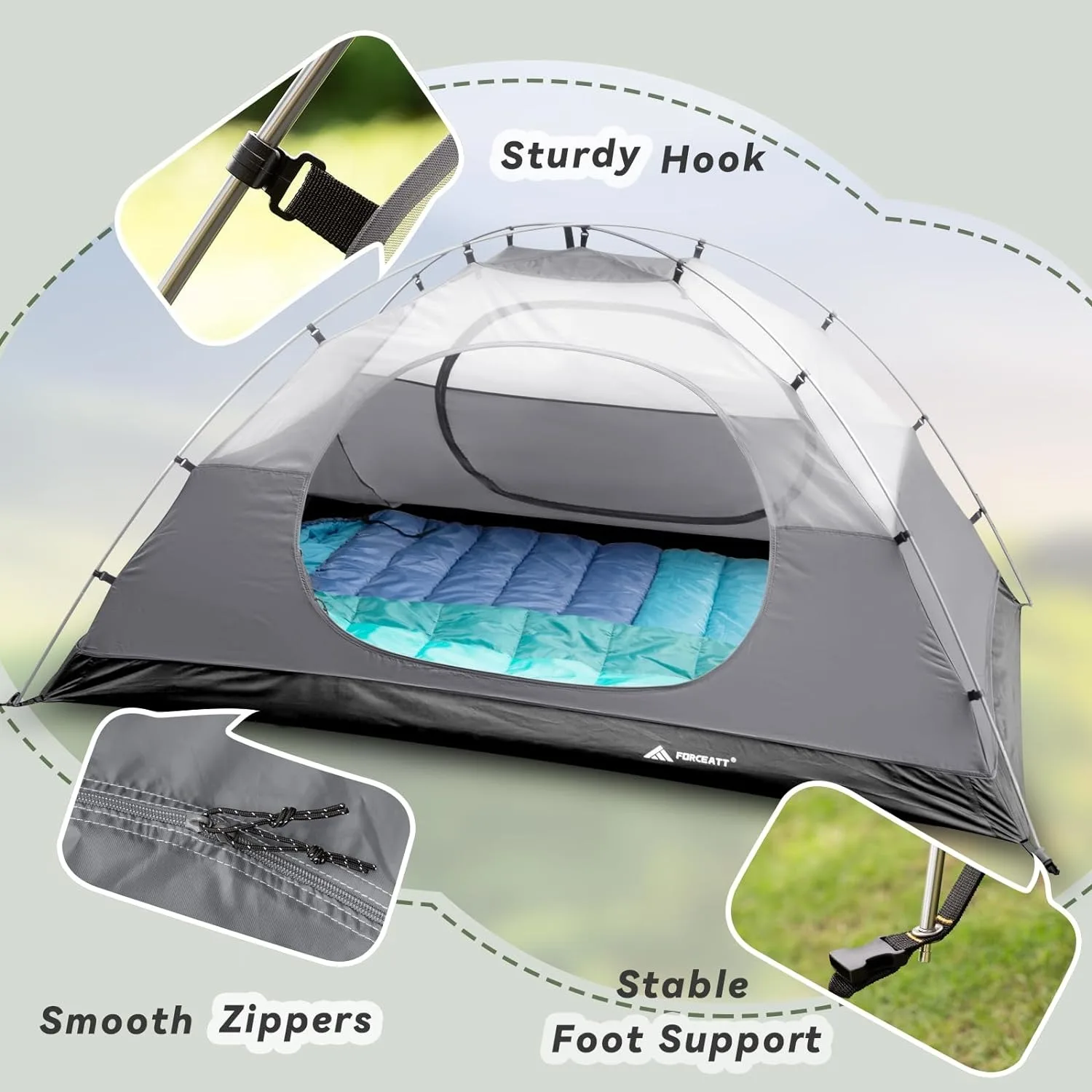
The Learning Curve and Technical Challenges
Using trekking poles effectively is not as straightforward as many beginners assume:
- Proper pole length adjustment varies by terrain (shorter for uphill, longer for downhill)
- Correct hand position and wrist strap adjustment require practice
- Coordinating pole placement with foot movement has a significant learning curve
- Transitioning between different terrains requires technique adjustments
- Finding the right rhythm takes time and conscious effort
These technical challenges mean that many hikers never fully optimize their pole usage, nullifying potential benefits while retaining all the disadvantages. The time investment required to develop proper technique is substantial, especially for those who only hike occasionally. Many hikers find that lightweight backpacking tents offer more immediate benefits with less technical skill required than mastering efficient pole technique.
When Not to Use Trekking Poles
Certain situations clearly call for stowing trekking poles rather than using them:
- Technical scrambling sections where hands are needed for balance and security
- Trail segments with fixed aids like ladders, chains, or cables
- Extremely narrow paths where poles have no place to plant
- Dense brush or vegetation where poles constantly snag
- Areas where wildlife observation is a priority (poles create noise and movement)
- Protected or sensitive areas where land managers request limiting pole use
Some wilderness areas and national parks have implemented specific guidelines about trekking pole use, particularly on sensitive surfaces or in pristine areas. Being aware of these restrictions can prevent both embarrassment and environmental damage.
Making an Informed Decision About Trekking Poles
With these disadvantages in mind, how should a hiker decide whether trekking poles are right for them? Consider:
- Your personal hiking style and typical terrain
- Any existing joint issues that might benefit from reduced impact
- The types of trips you usually take (day hikes vs. multi-day backpacking)
- How much you value hand freedom on the trail
- Your willingness to carry extra weight for potential benefits
Experienced hikers often develop a more nuanced approach to pole use than simply “always” or “never.” Many find that a context-specific approach works best – using poles for certain terrain types or conditions but stowing them for others. When planning expeditions that include choosing the ultimate compact shelter for two, similar careful assessment of gear needs versus drawbacks serves hikers well.
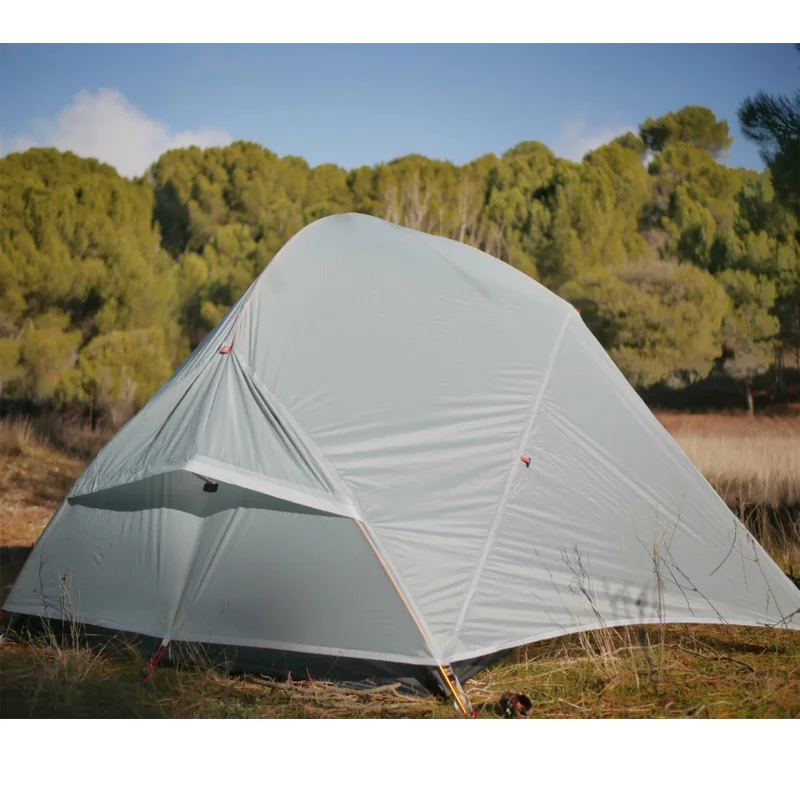
Ask yourself practical questions:
- Does your typical hiking terrain include significant elevation change?
- Do you already experience knee or joint pain during or after hikes?
- Is your pack weight substantial enough that extra stability would help?
- How important is having your hands free during hiking?
Your honest answers can guide a decision that matches your actual needs rather than marketing hype or trail trends. Considering these questions alongside other gear choices like ultralight backpacking tents ensures a coherent approach to your outdoor system.
Situational Alternatives to Traditional Trekking Poles
If you’re concerned about the disadvantages of traditional trekking poles but still want some of their benefits, several alternatives exist:
- A single hiking staff or pole provides some stability with less weight and one free hand
- Collapsible or folding “Z-style” poles address some storage and travel issues
- Using natural found sticks occasionally for steep sections (leave-no-trace principles apply)
- Technique-focused approaches like improving core strength and balance
- Hiking-specific lightweight poles that address specific disadvantages
Many hikers find that pairing appropriate footwear with waterproof backpacking tents addresses their primary stability and weather protection needs without the complications of poles.
Ultimately, the “right” choice varies widely between hikers. By understanding the full range of disadvantages alongside the benefits, you can make an informed decision that enhances rather than detracts from your personal hiking experience.

